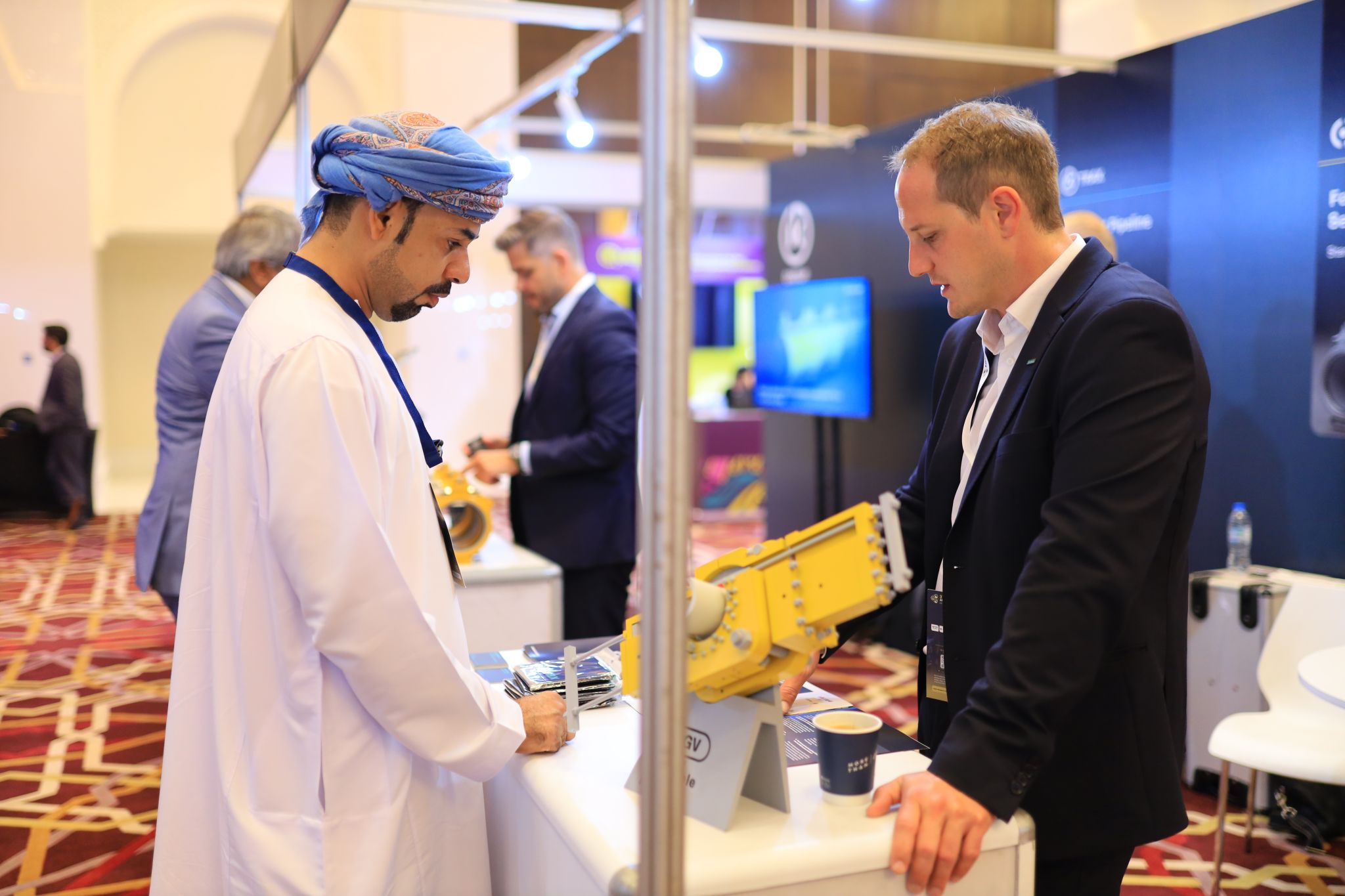Positive isolation is crucial in creating a safe work environment during maintenance, repair and modifications. The most common risks associated with hot tapping and line stopping techniques are eliminated by inserting a blind flange/skillet blind.
Hot tapping and line stopping have been commonly used methods for various purposes, such as tie-ins, equipment replacement or maintenance in areas lacking built-in isolation points. However, the equipment required can be complex and difficult to manage in a location where a line stop is needed. Obtaining a “hot work” permit and making permanent modifications to the plant is often necessary.
The success rate of these operations varies from plant to plant, resulting in inconsistent outcomes and increased risks. Relying on stopples or line stops for positive isolation is not entirely dependable.

The patented AOGV (Add On Gate Valve) Mechanical Isolation tool presents an innovative solution for pipeline maintenance and repairs. It allows a blind flange/skillet blind to be inserted at any fully pressurized flange pair within the piping or process system, offering a “non-intrusive” approach. It provides positive isolation without the need for external fittings or modifications.
The AOGV acts as a “temporary gate valve” and is assembled in sections over the live pressurized flange pair, regardless of whether it is upstream or downstream of the pipework or equipment that needs attention. The AOGV housing efficiently maintains the pipeline pressure and inventory by securely sealing around the flange circumference and bolt holes.
To achieve isolation, the flanges are separated, the gasket is removed and a blind is inserted.
Blind flanges/skillet blinds that are inserted using the AOGV are usually made according to full pipe class specifications. They come with internal seals that have a circulation port for displacing products and gas-freeing the section that needs maintenance. This port is also used when pressure testing the maintained area prior to removing the blind.
Depending on the situation, the blind flange can be left in place for a short period or an extended duration. In the latter case, the AOGV can be disassembled, stored or relocated to the next location requiring positive isolation.
Once the blind is removed, the flange pair and pipework are restored to their post-intervention condition.
The AOGV minimizes the risk of spills and emissions by allowing for the insertion of blinds even while the system is pressurized, and the process product is intact. This unique capability offers several advantages, including:
- Reduced need for drainage, flushing, purging and venting
- Decreased volumes that need to be gas-freed and flared
- Minimized requirements for storing or transporting drained product
- Reduced disposal of unwanted product
- Minimized release of VOCs into the environment
Blinds offer benefits over hot tapping and line stopping, including simplicity, risk reduction, cost-effectiveness, safety, flexibility, compatibility, minimal disruption and regulatory compliance. They create a physical disconnection and positive isolation that enables activities like vessel entry.
Izomax recently established its first U.S. base in Houston and offers AOGV mechanical isolation as a service, ensuring safe onsite execution.
AOGV has been successfully deployed on various projects worldwide, including floating production storage and offloading, semi-submersibles, platforms, LNG terminals and refineries across upstream, downstream and integrated gas assets. It has completed over 140 operations globally, including in the U.S., boasting a 100% success rate.

